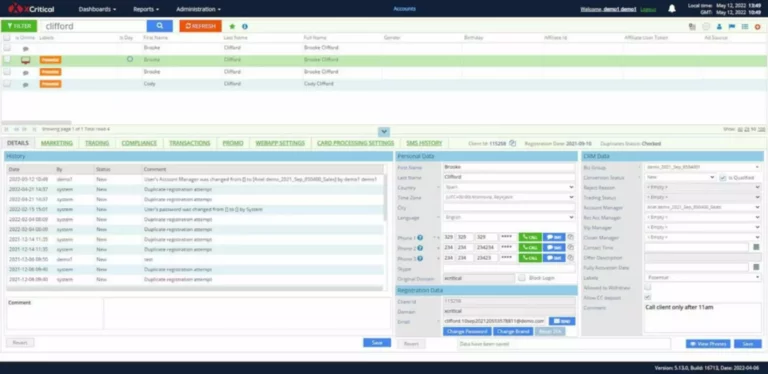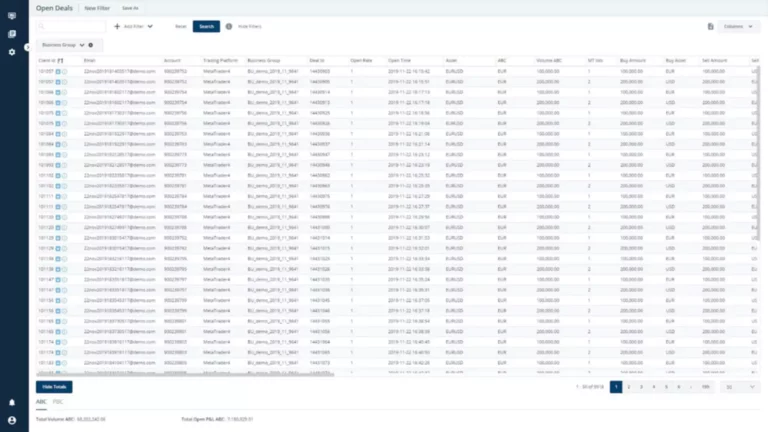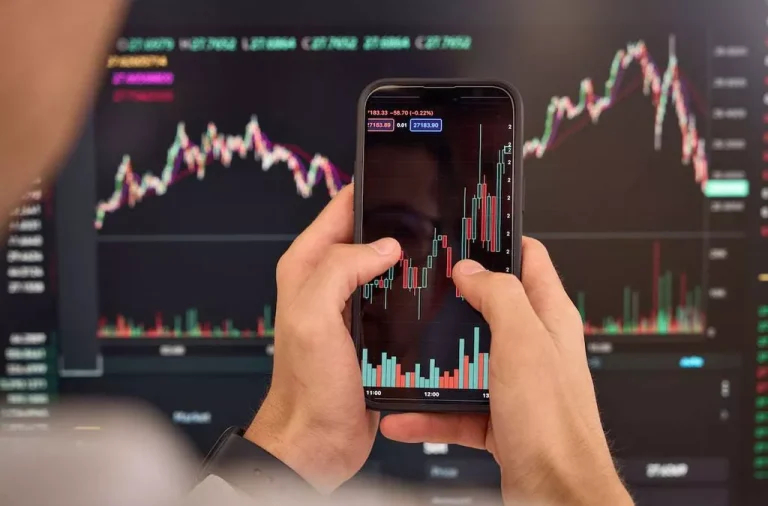Commodities Vs Securities: A Complete Comparison
These legal guidelines require firms to disclose monetary info through filings like the Form 10-K annual report, selling transparency. The SEC additionally oversees self-regulatory organizations like the Monetary Trade Regulatory Authority (FINRA), which governs broker-dealers. In occasions of sharp market selloffs, commodities often Commodity vs Security Why It Matters For Crypto act as a defensive asset class. The physical nature of commodities provides a buffer in opposition to monetary system risks, offering relative stability when compared to fairness securities.
The Method To Get Funded As A Dealer
The choice between investing in commodities and securities relies upon largely in your investment goals, risk tolerance, and market outlook. If you’re on the lookout for a approach to hedge towards inflation or defend your portfolio in periods of financial uncertainty, commodities like gold or oil may offer the protection you’re looking for. Nonetheless, remember that commodity markets may be extremely volatile, and prices can fluctuate primarily based on unpredictable elements. Oil costs, for instance, fluctuate based mostly on OPEC production decisions or geopolitical tensions, whereas agricultural commodity costs are affected by climate circumstances. Traders make use of methods like hedging or speculation to handle dangers and capitalize on value modifications. This notice highlights the importance of terms-of-trade volatility as a relevant https://www.xcritical.in/ driver of enterprise cycles in rising economies.
We And Our Partners Course Of Information To Offer:
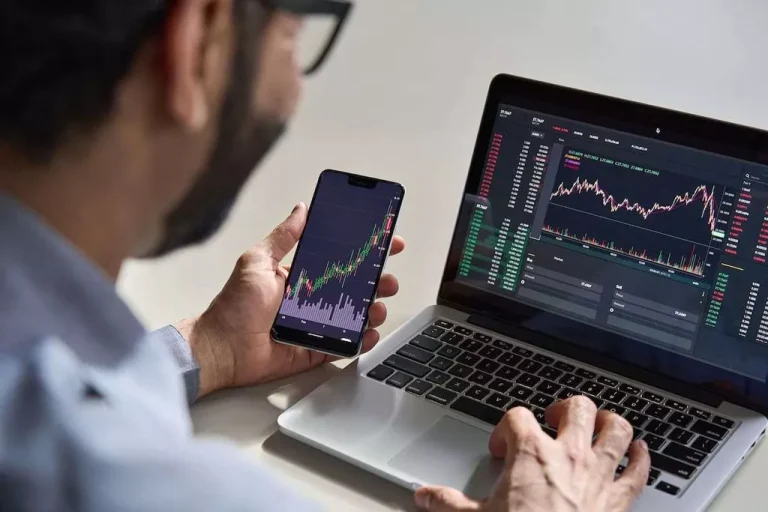
Exploring these trends provides useful insights for anyone trying to optimize their portfolio. Securities tend to have lower short-term volatility however carry risks like firm bankruptcy or market downturns. Commodities, whereas providing inflation hedges, are highly sensitive to geopolitical events and climate conditions. Understanding the alternative of commodity behavior in comparability with securities is vital for managing dangers successfully. In trading, commodities present diversification and a hedge towards inflation, as their prices often move inversely to different asset lessons.
Commodities have traditionally been about as risky as the fairness market, doubtlessly leading to intervals of underperformance. For example, commodities are one of the few asset classes that have a tendency to profit from rising inflation. As demand for goods and companies will increase, the value of those items and services usually rises as properly, as do the prices of the commodities used to produce those goods and companies. Because commodity costs normally rise when inflation is accelerating, investing in commodities may present portfolios with a hedge in opposition to inflation. The Commodity Futures Buying And Selling Fee (CFTC) regulates crypto property which are categorized as commodities, corresponding to bitcoin.
- Score companies like Moody’s or Commonplace & Poor’s assess issuer creditworthiness, influencing bond prices and yields.
- The SEC regulates securities to guard traders, leading to debates about whether or not ICOs fall under its purview.
- Beneath the Dodd-Frank Act, its oversight extends to swaps and other derivatives, with requirements for clearing and reporting transactions to enhance transparency and scale back systemic risk.
- Stablecoins play a significant role in Cryptocurrency ecosystems, bridging the gap between conventional finance and digital property while offering stability and liquidity for traders and investors.
- Modifications in economic circumstances often prompt buyers to regulate their strategies accordingly.
Traders in securities may engage in a wider range of methods corresponding to dividend investing, development investing, or value investing, relying on their financial objectives and danger tolerance. Investing in bodily goods offers a novel alternative for portfolio diversification. Not Like conventional shares and bonds, these belongings are inclined to have a definite efficiency correlation, often shifting independently of equity markets.

Components such as provide and demand dynamics, geopolitical tensions, and climatic adjustments play a big position in shaping their market behavior. In investing, commodities and securities symbolize two main asset classes that offer unique alternatives and dangers. While each are broadly traded and may form part of a balanced portfolio, they differ significantly by method of what they symbolize, how they are traded, and the risks they carry.
These findings are in preserving with the primary conclusions of Schmitt-Grohé and Uribe (2017)5 who find a relatively limited role for terms of trade shocks. Furthermore, the substantial heterogeneity noticed throughout international locations underscores the position of country-specific components similar to export concentration, financial market depth, and policy credibility. For example, in South Africa, volatility shocks account for 18% of output variance but solely 2% of trade balance variance, whereas in Chile, they clarify 28% of trade stability variance however less than 3% of output variance.
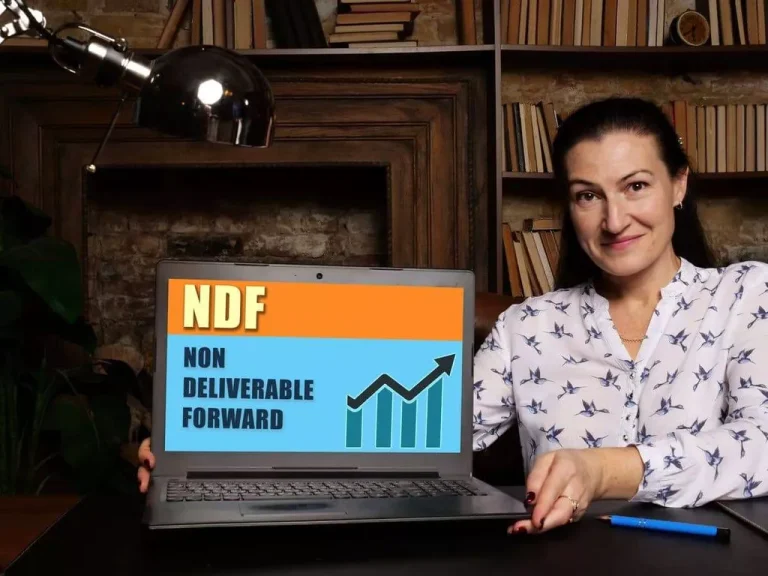
In conclusion, navigating the Crypto landscape requires clear regulatory guidance to deal with jurisdictional complexities and investor protection. Trade collaboration with regulators is vital to creating adaptable frameworks that balance innovation with threat mitigation, making certain market integrity and investor confidence within the evolving digital asset house. Balancing decentralisation with regulatory oversight is essential to maintain market integrity and investor safety in the digital asset area.
Under the Commodity Trade Act, the CFTC oversees commodity futures and choices markets, making certain transparency and preventing fraud. Cryptocurrencies categorised as commodities are topic to the identical laws as conventional commodities like gold, making the CFTC a key participant within the crypto market. There are a number of Digital asset management kinds of securities, together with equities, bonds, mutual funds, and exchange-traded funds (ETFs).
Why Is It A Commodity, Not A Security?
As with the impulse responses, the variance decompositions are summarized utilizing the pointwise medians of the country-specific estimates. These indicators affect supply and demand, affecting pricing and market attractiveness. Adjustments in economic situations often immediate traders to regulate their methods accordingly. Commodities, such as gold, oil, and industrial metals, are sometimes seen as a safe-haven asset during times of inflation.
These standardized contracts enable commodity producers to dump their price risk to end customers and different financial market individuals. Commodities are often traded on futures exchanges, the place buyers buy and promote contracts based mostly on the anticipated future worth of the commodity. For instance, the price of oil can fluctuate based on geopolitical occasions, whereas agricultural products might differ in worth relying on climate situations. Derivatives are monetary contracts whose worth is decided by underlying assets like shares, bonds, commodities, or indices.
Buyers in securities typically concentrate on shares, bonds, and ETFs, whereas commodity merchants could deal in crude oil, gold, or agricultural products. For example, equities are influenced by company performance, while commodities depend upon provide and demand dynamics. Understanding the differences between securities and commodities is crucial for traders navigating monetary markets. These two asset lessons play distinct roles in portfolios, with unique traits that influence buying and selling strategies and regulatory oversight. Recognizing these distinctions can provide a competitive edge for market participants seeking to optimize their investment approaches.

